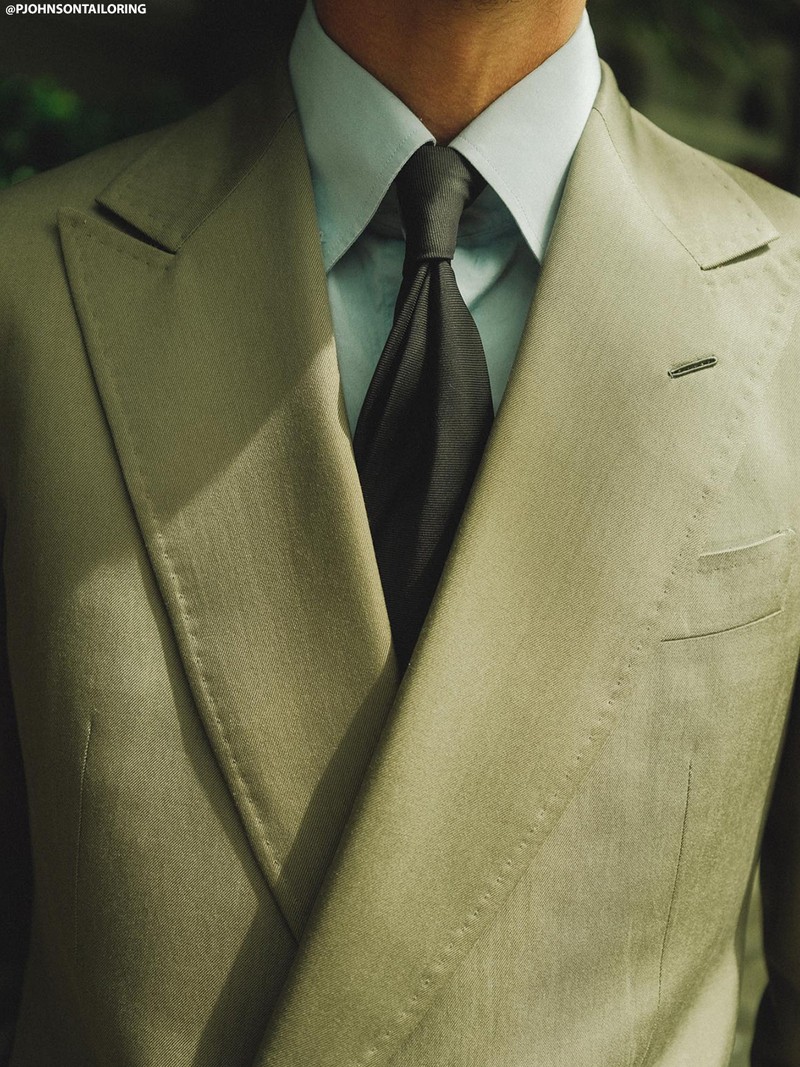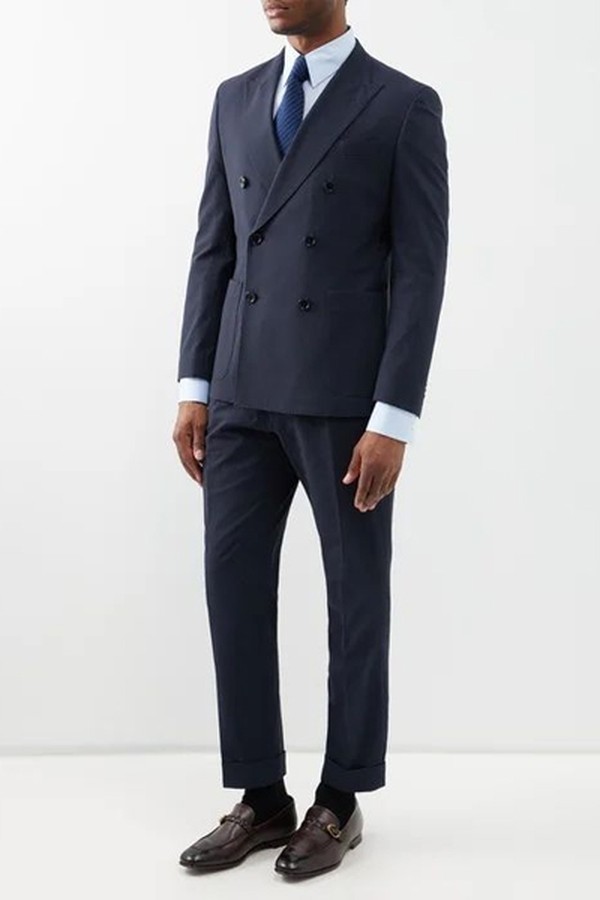A Tailor’s Guide To Finding A Well-Fitting Suit
Look for markers of quality
“Finding a good suit is always a matter of high-quality cloth and cut, but it’s important to consider the canvas, too. The canvas sits between the cloth and the lining and gives a suit jacket its structure. Floating canvasses are considered superior as they allow for more movement and fluidity, but a fused canvas can sometimes be more comfortable to wear.” – Sean Dixon, co-founder of Richard James
“You can really tell a superior handmade suit by the quality and thickness of the fabric. The design and cut are also hallmarks of a good suit and its these three things that are the essence of bespoke tailoring. These elements mean the suit will look premium, have more shape and stand the test of time.” – James Sleater, co-founder Cad & The Dandy
Avoid trends
“Men need suits that tick multiple boxes. Gone are the days of corporate suits – pinstripes, for example, are rarely requested. Go for a suit that can be worn season after season and isn’t trend led. Suits that can be worn as separates and dressed up and down also give you more options for the same money.” – James
“The first thing to ask yourself is what is this suit for? The answer will go some way in dictating the cloth, including its weight and colour, and the cut of the suit. The right suit for a summer wedding will be different from the right suit for your weekly board meeting. So, it’s best to avoid trends. Unless, of course, the purpose of the suit is to be trendy or of the moment.” – Sean
Focus on the fabric
“There has been a huge change in fabric trends. Customers are now looking for interesting weaves that feel less like the shiny Italian cloths of the past. It means a suit can be broken apart and worn separately. Colour preferences have also changed – green is really popular right now, it even outsells grey.” – James
“With global temperatures rising, so is the desire for lighter cloths. Again, the eventual cloth you go for really depends on what the suit is for. Corduroy (navy, heather, rose and chalk are all popular this season) is perfect for autumn, while cashmere adds softness and warmth. Linen is good for summer, as is cotton. Finally, wool twill is an excellent all-rounder and tweed keeps out the cold.” – Sean
Don’t forget the details
“You should show about a quarter of an inch of your shirt cuff for a smarter finish – it’s small adjustments like this that show real attention to detail and quality craftmanship. I also think horn buttons work best on a jacket as they are more durable, as well as being subtle and stylish. Other details like waist height, pleats and seams are all a matter of preference and depend on individual body shape. Nowadays subtle pockets for phones are always a high priority.” – Sean
“When it comes to buttons, there should always be four on the cuff and only one or two on a jacket front. One is more modern and more usual when worn as a separate jacket. Belts loops are a ready-to-wear feature that don’t exist on bespoke suits. Trousers made for you will fit and simply don’t require a belt. Turn ups are back in style and I have seen more customers requesting high-rise trousers, too. A smart, wider trouser leg has been proved popular this season – the skinny trouser is not in demand right now.” – James
Find your preferred fit
“A classic trouser fit is far more popular, and these styles don’t really date. Customers still want lots of shape in the jacket, so I think it’s safe to say gone are the days of short, undersized pieces.” – James
“Wearing a suit should never be anything but enjoyable. A good suit, well cut and perfectly fitting, will make you stand that little bit taller. With regards to the fit, it’s a personal thing. Just ensure that you’re comfortable with the way you look.” – Sean
Think about longevity
“The lifespan of a suit plays an ever more important role as our awareness of the impact of plastics, carbon footprints and throwaway fashion grows. Savile Row is very much at the centre of sustainability by creating garments that last a lifetime.” – James
“Some of our customers are still wearing suits we made for them when we first opened in 1992. Obviously, the better you care for your suit, the longer it will last. A few tips: rotate your suits and try not to wear the same one two days running, avoid dry cleaning and spot clean marks instead with a damp cloth. Finally, use good solid, hefty hangers – the heftiest you can get.” – Sean
Prioritise versatility
“Different suits work for different occasions. But if you were to own just one suit, make it a single-breasted two-piece in navy wool twill. This is our bestselling suit and something you can wear pretty much anywhere.” – Sean
“A tailor-made suit is a big investment, so it’s important it’s versatile. You can’t go wrong with a navy or mid-grey option for all-round general wear – you want something you can wear to the office, an event or as separates.” – James
Add some colour
“We’ve always liked including a dash of colour: a vivid sock, a patterned pocket square or a colourful lining. These details can really add flair to an otherwise formal or conservative look.” – Sean
“Waistcoats come and go but right now they’re very much in demand. For a wedding or a fun formal event, a coloured or printed waistcoat is a cool way to add some personality.” – James
For more information visit CadAndTheDandy.co.uk & Richard-James.com
Shop The Experts' Edit

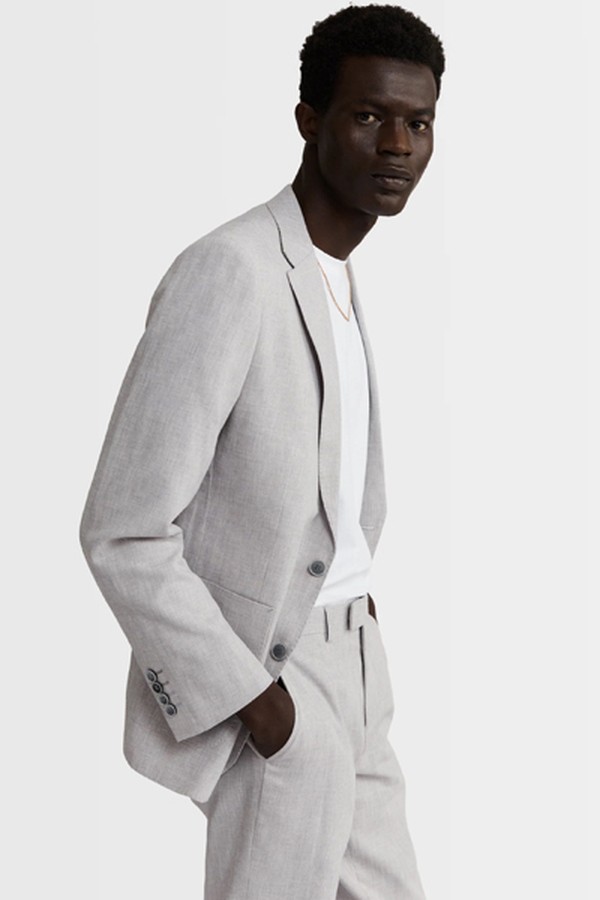
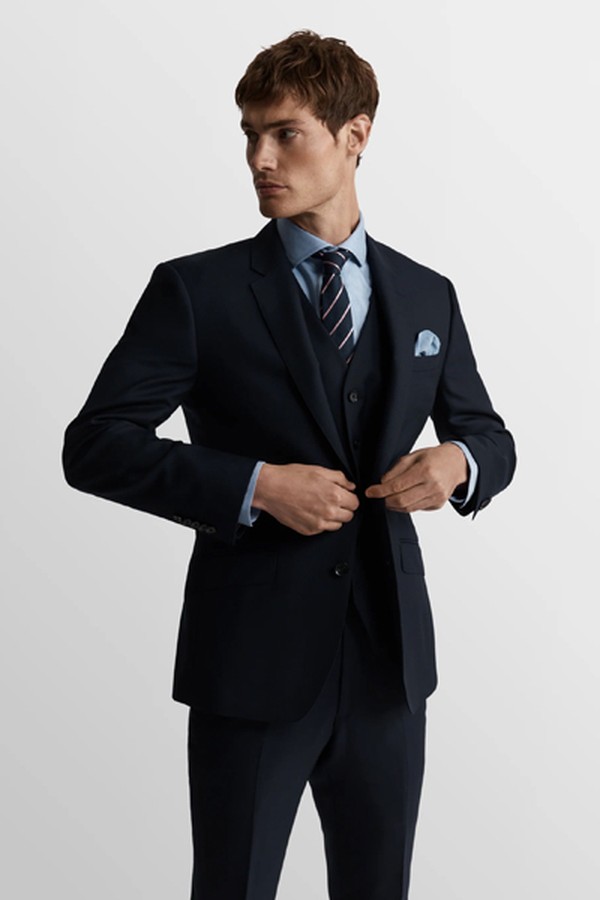
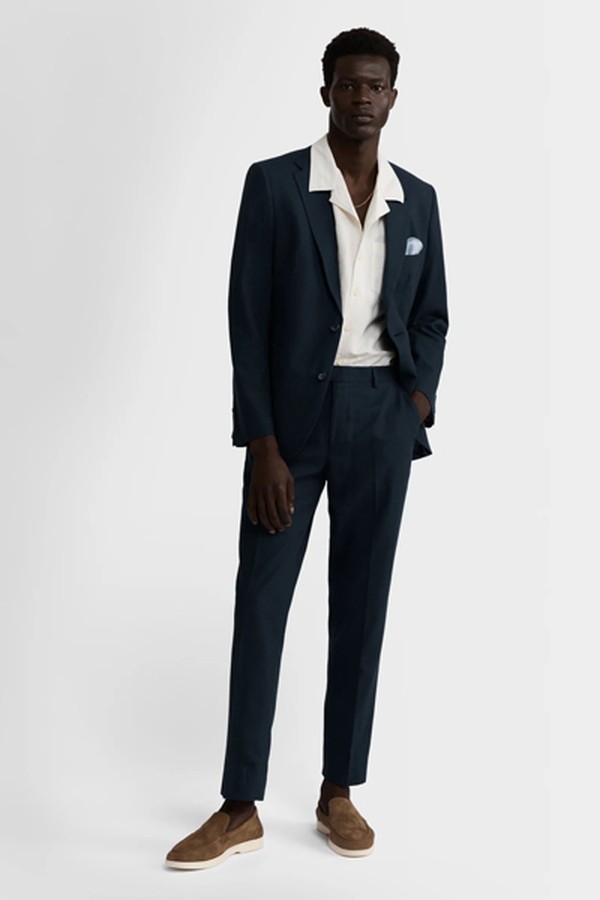
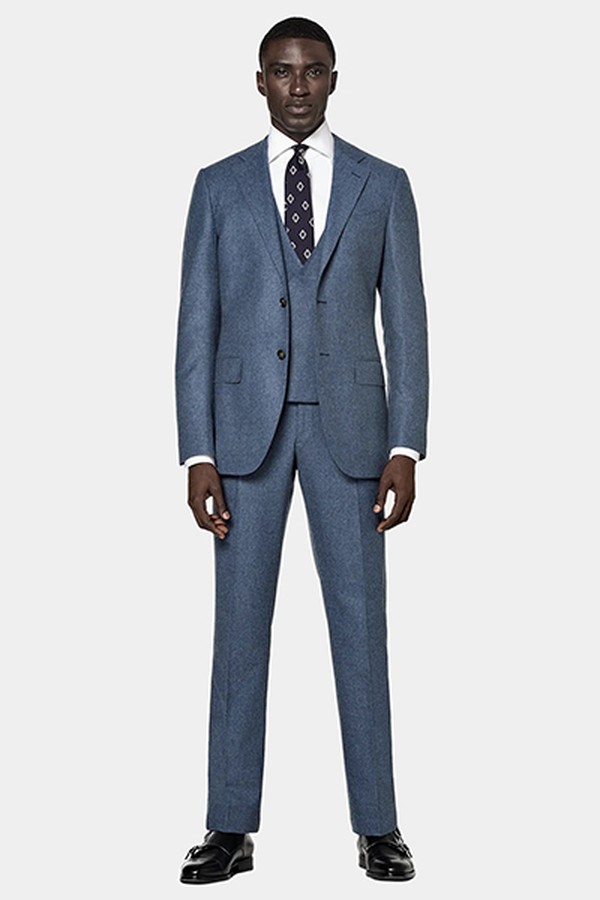

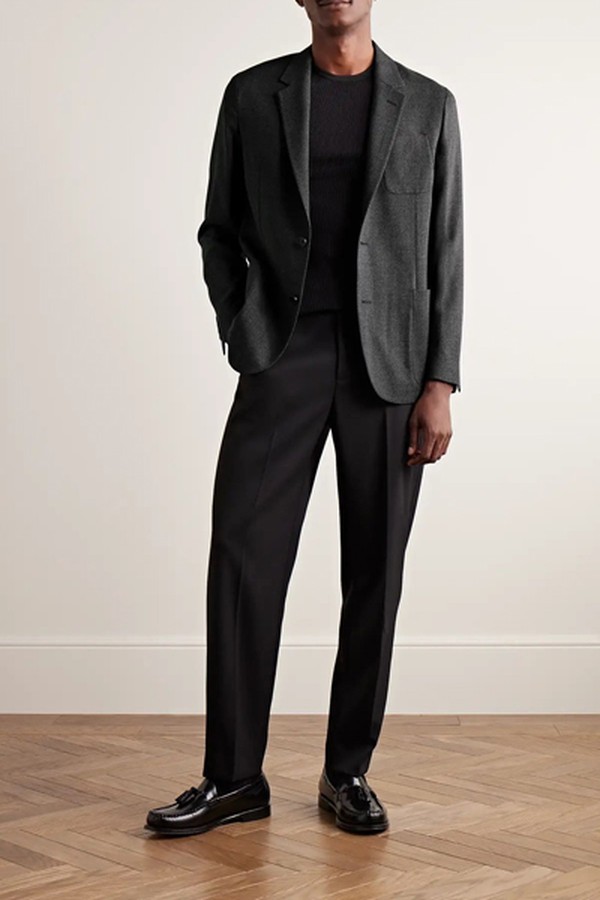

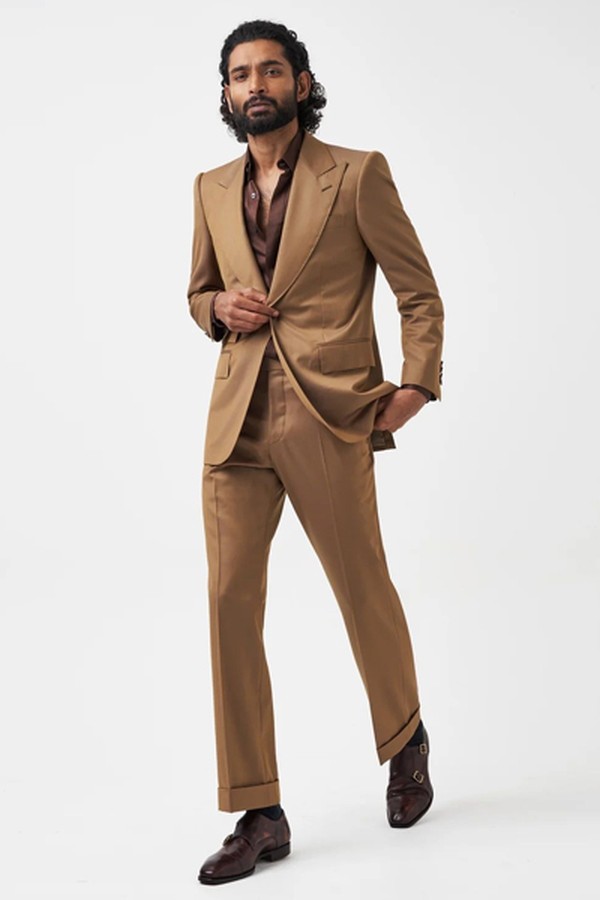
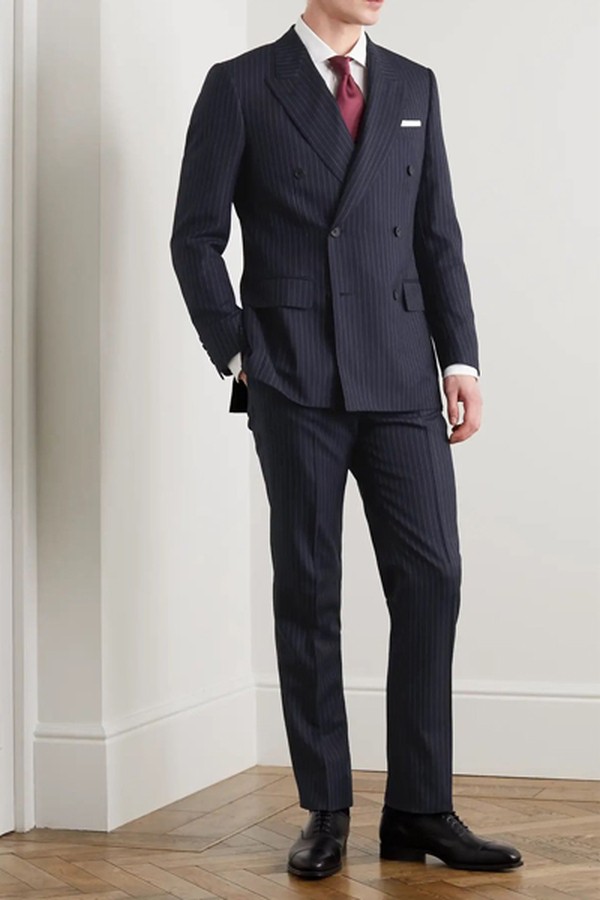
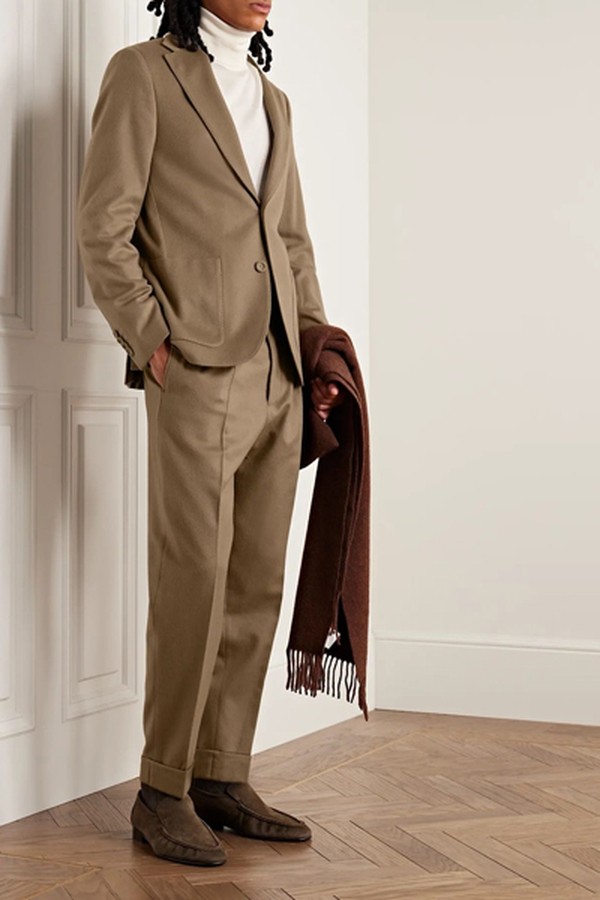
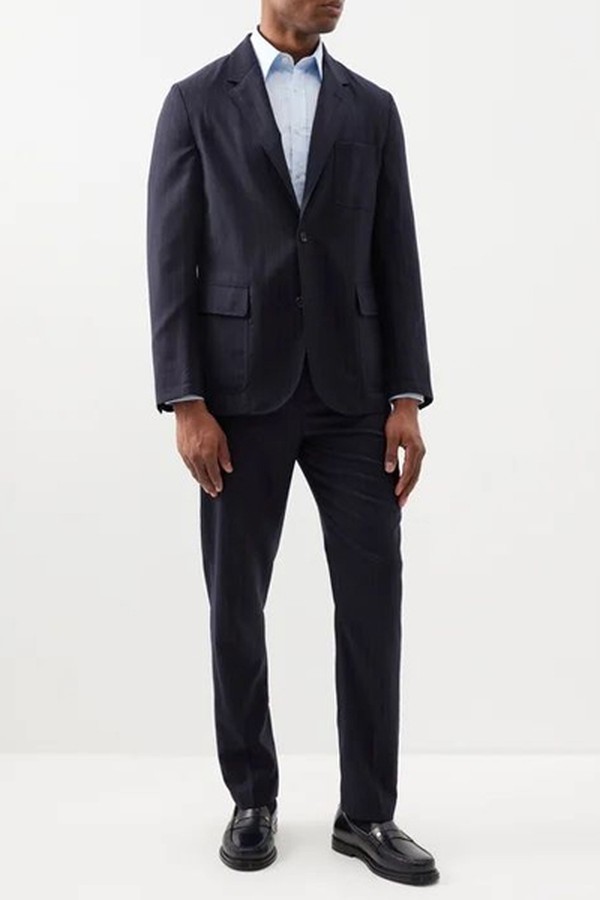
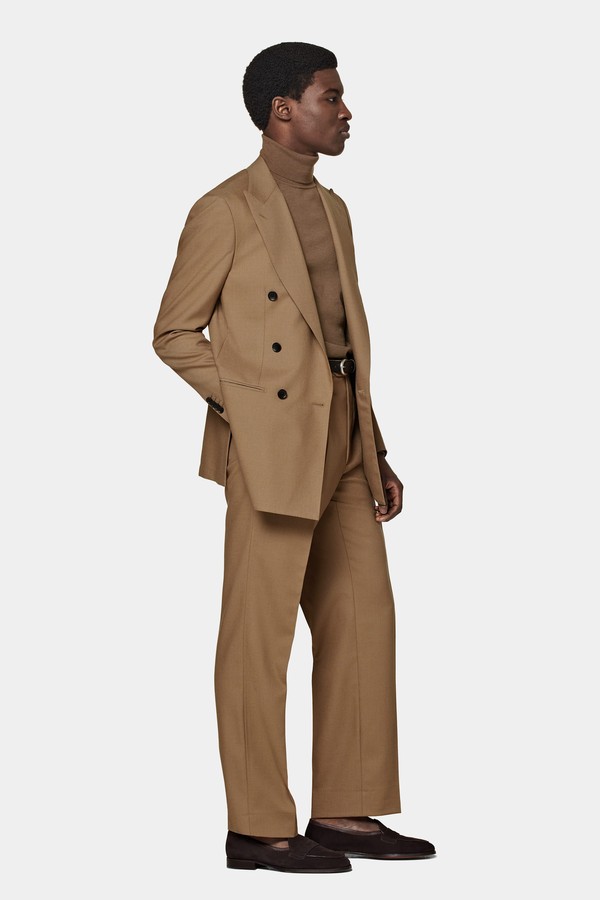
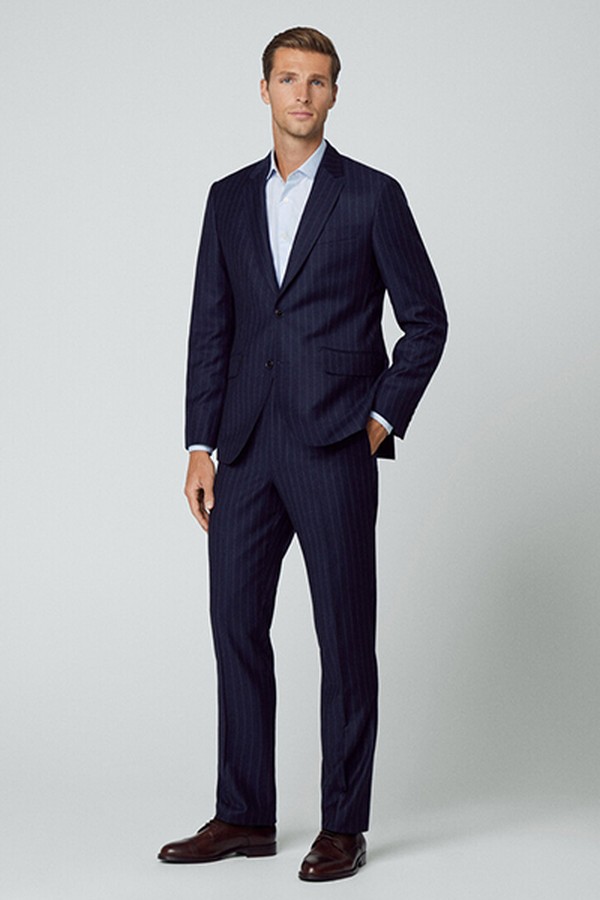
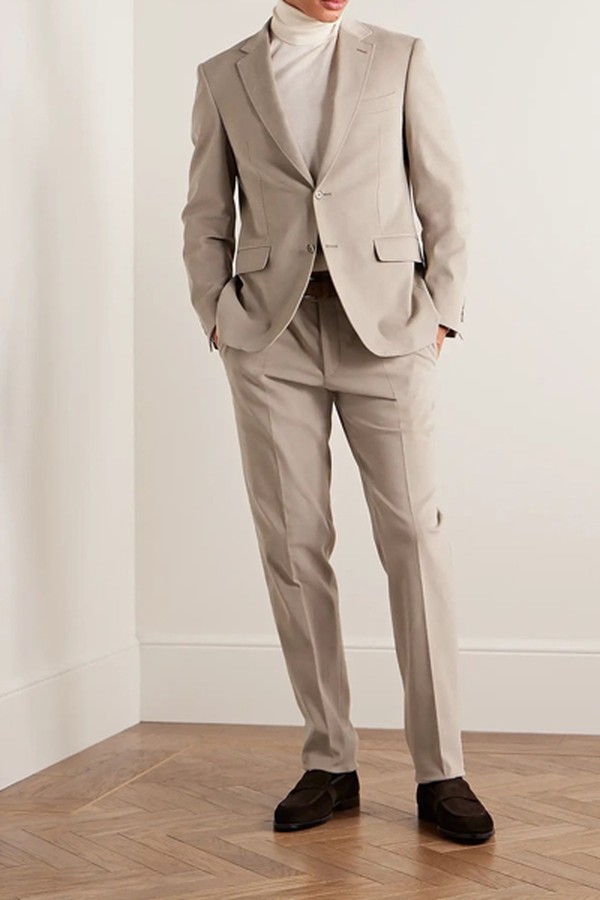
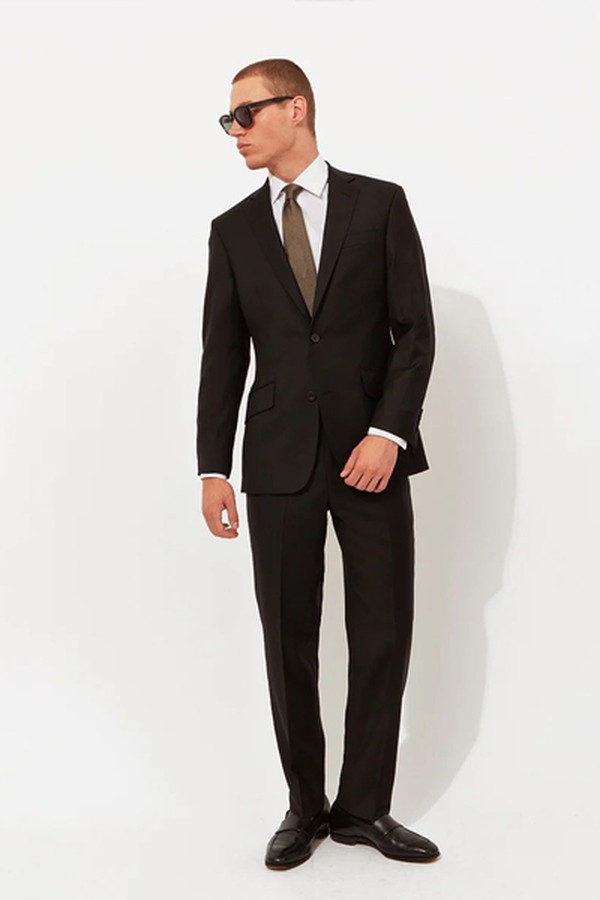
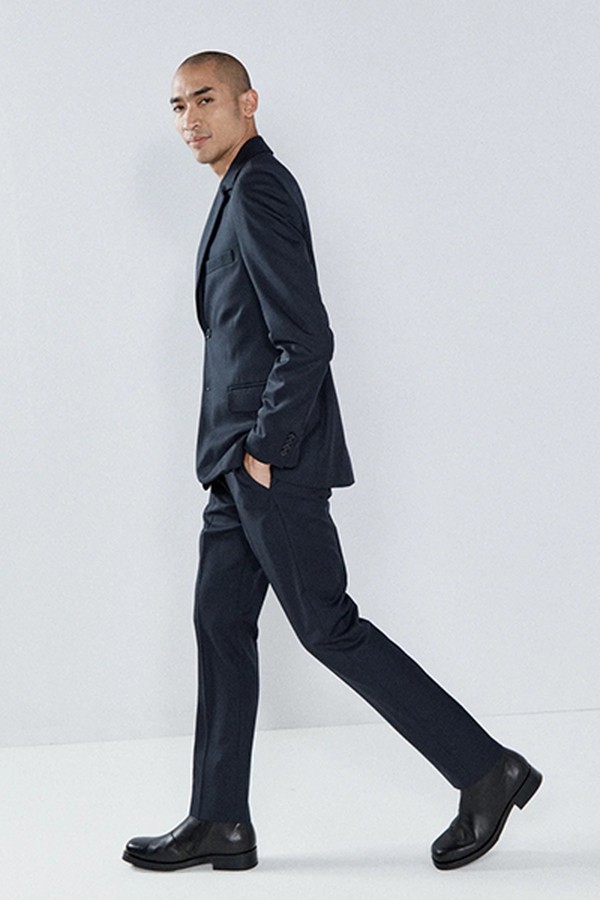
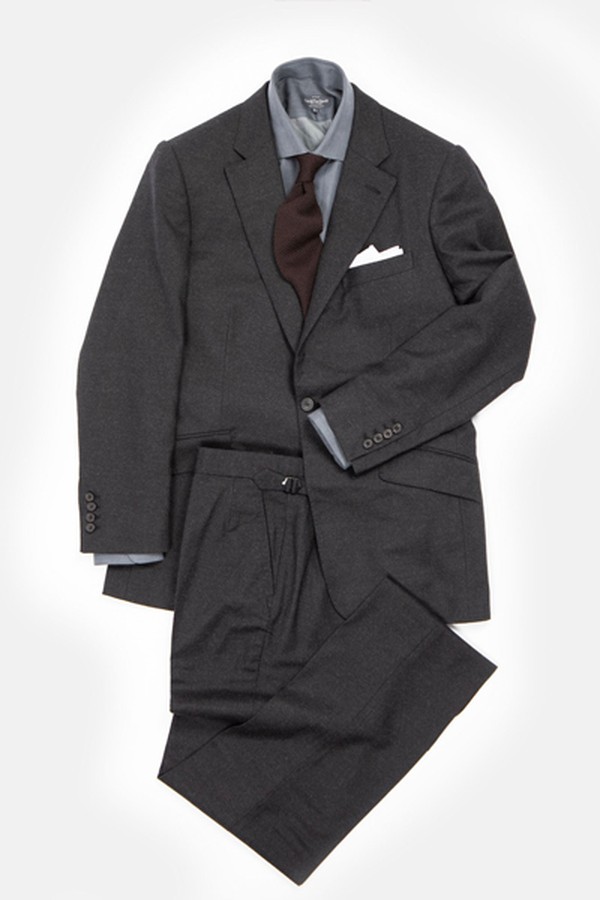
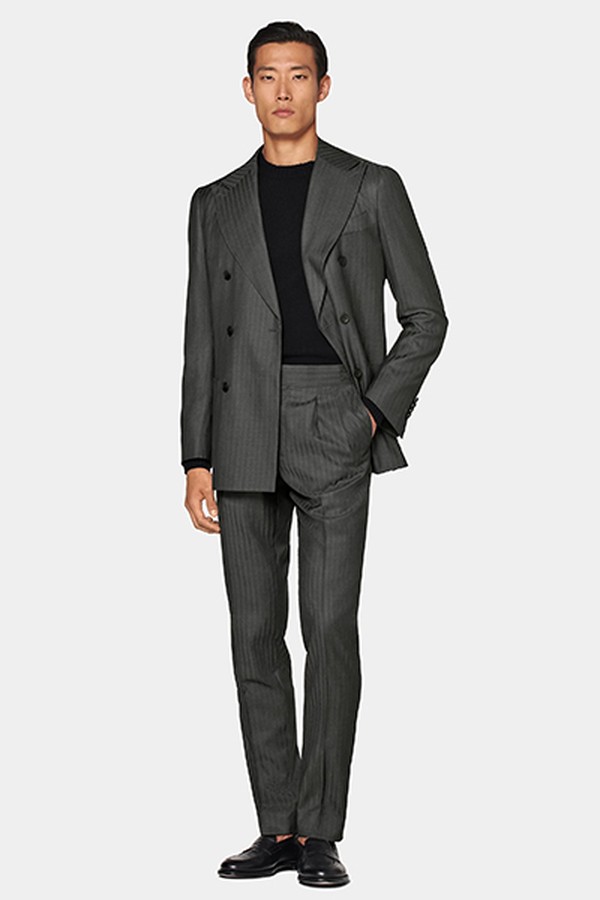
All products on this page have been selected by our editorial team, however we may make commission on some products.
DISCLAIMER: We endeavour to always credit the correct original source of every image we use. If you think a credit may be incorrect, please contact us at [email protected].
